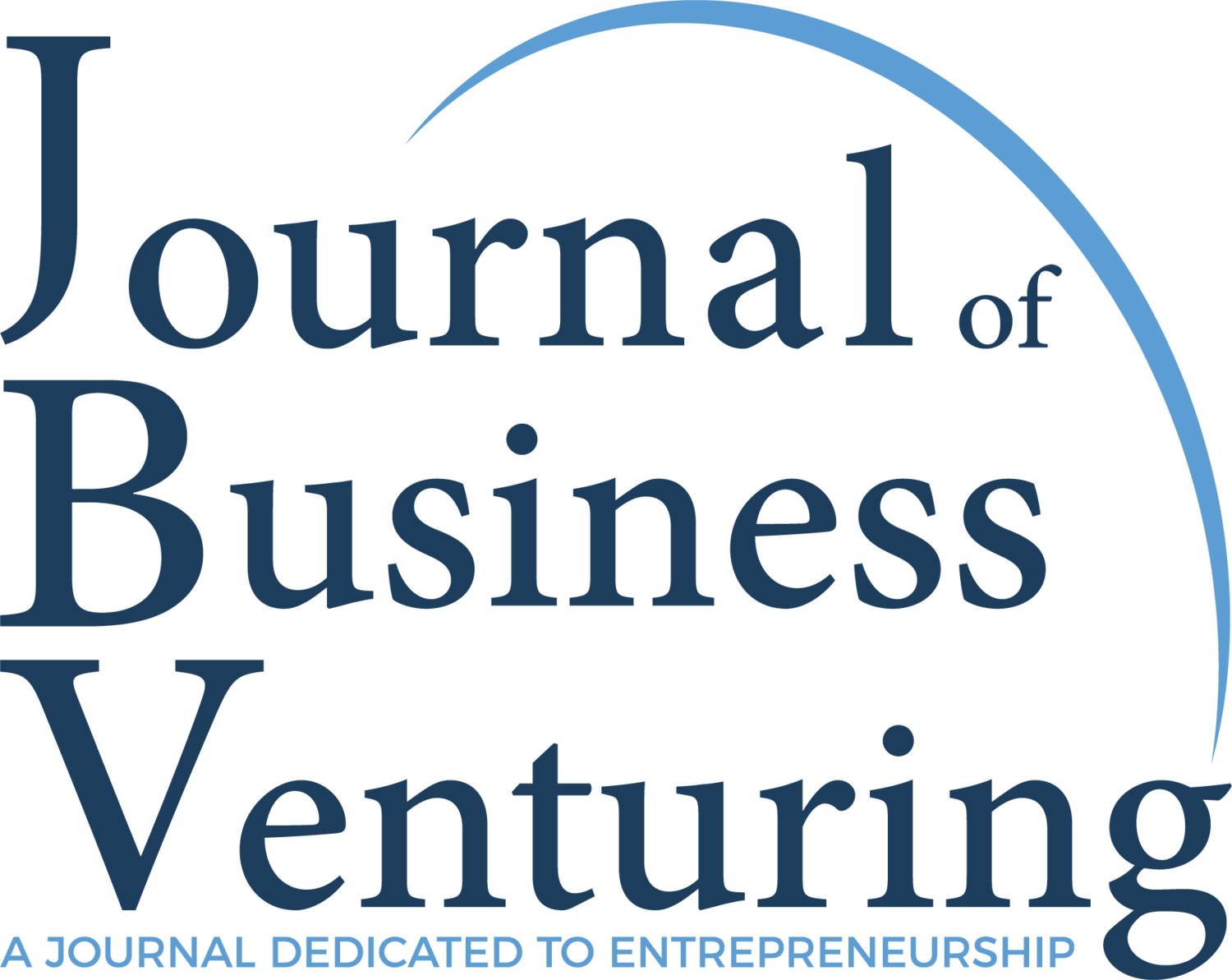Effects of geographic distance on startup-VC partnership performance
Research Paper Title:
“Turning a curse into a blessing: Contingent effects of geographic distance on startup–VC partnership performance”
Authors:
Jiamin Zhang
Qian Gu
Background:
Geographic distance is a crucial hurdle for venture capital (VC) firms to succeed in their partnerships with startups. This study evaluates the effect of China’s High Speed Railway (HSR) on partnership performance measured by the geographic distance of the startup-VC partnership. It implies that foreign firms should consider locating in regions that are either geographically closer or more accessible to their local partners. Further, distant partners whose resources complement each other will benefit more from HSR by better realizing joint value creation. Finally, state-owned enterprises (SOEs) often have complicated relationships with business partners, making their unique advantages (e.g., financial capital or policy support) geographically bounded. Thus, partnerships with distant SOEs are likely to face constraints unless technology advancement effectively improves accessibility between SOEs and their partners.
Methodology:
Sample: data on partnerships between startups and VC firms in China over a 17-year period from 1999 to 2015. The phased introduction of China’s high-speed railway (HSR) system is used as an exogenous shock to the accessibility between startups and their lead VC investors.
Sample Size: The final data set contained 12,810 startups that received first-round funding from 2,956 VC firms, spanning 331 prefectural cities connected by the inter-city transportation grid.
Analytical Approach: Empirical, quasi-natural experiment
Hypothesis:
Baseline hypothesis: Geographic distance between a startup and its lead VC is negatively related to partnership performance. (supported)
Hypothesis 1: HSR access weakens the negative effect of startup’s lead VC geographic distance on partnership performance. (supported)
Hypothesis 2: There is a three-way interaction among foreign partnership, HSR access, and geographic distance on the partnership performance, such that the mitigating effect of HSR access on the relationship between geographic distance and partnership performance is stronger when a startup partners with a foreign lead VC. (supported)
Hypothesis 3: There is a three-way interaction among resource complementarity, HSR access, and geographic distance on the partnership performance, such that the mitigating effect of HSR access on the relationship between geographic distance and partnership performance is stronger when there is a higher level of resource complementarity between a startup and its lead VC. (supported)
Hypothesis 4: There is a three-way interaction among partnership with a government VC, HSR access, and geographic distance on the partnership performance, such that the mitigating effect of HSR access on the relationship between geographic distance and partnership performance is stronger when a startup partners with a lead government VC. (supported)
Results:
1. Geographic distance between partners has mixed performance implications: It can be a curse when the two partners are far apart without high-speed railway (HSR); however, it will become a blessing and enhance partnership performance when HSR connects distant partners.
2. Knowledge-sharing effectiveness, resource complementarity, and relational governance mechanism between two partners are three key contingencies that affect the degree to which HSR can change the curse of geographic distance into a blessing.
3. Foreign partnerships benefit more from HSR. Without HSR, geographic distance may pose more challenges for partnerships formed between local and foreign firms than those formed between local firms. However, foreign partnerships can benefit more from HSR due to enhanced knowledge-sharing effectiveness.
4. Partners with more complementary resources benefit more from HSR. Geographic distance may constrain partners’ ability to leverage complementary resources in the absence of HSR. However, partnerships with a higher level of resource complementarity can benefit more from HSR by better realizing joint value creation.
5. Partnerships with government benefit more from HSR. Government partners are largely bounded by geographic distance in the absence HSR. However, they can benefit more from HSR by reducing governance costs and better coping with complex relationships.
Conclusion:
This study exploits the phased introduction of the Chinese high-speed railway (HSR) to unravel the dynamic effect of geographic distance on startup-VC partnership performance, relaxing the assumption that geographic distance is static and technology is unchanged during the partnership development process. Based on evidence from entrepreneurial firms in China, we find that when HSR connects formerly distant startup-VC partners, the “curse” of long distance would turn into a “blessing” for startup-VC partnership performance. The study also finds three determinants that affect the degree to which HSR can turn the disadvantages of long distance around by allowing startups and VCs to expand their geographic scope and better leverage the knowledge and resources of distant partners. For example, foreign partnerships benefit more from HSR due to enhanced knowledge-sharing effectiveness. Partners with more complementary resources benefit more from HSR by better realizing joint value creation. And government partnerships benefit more via HSR by reducing governance costs and better coping with complex relationships.



